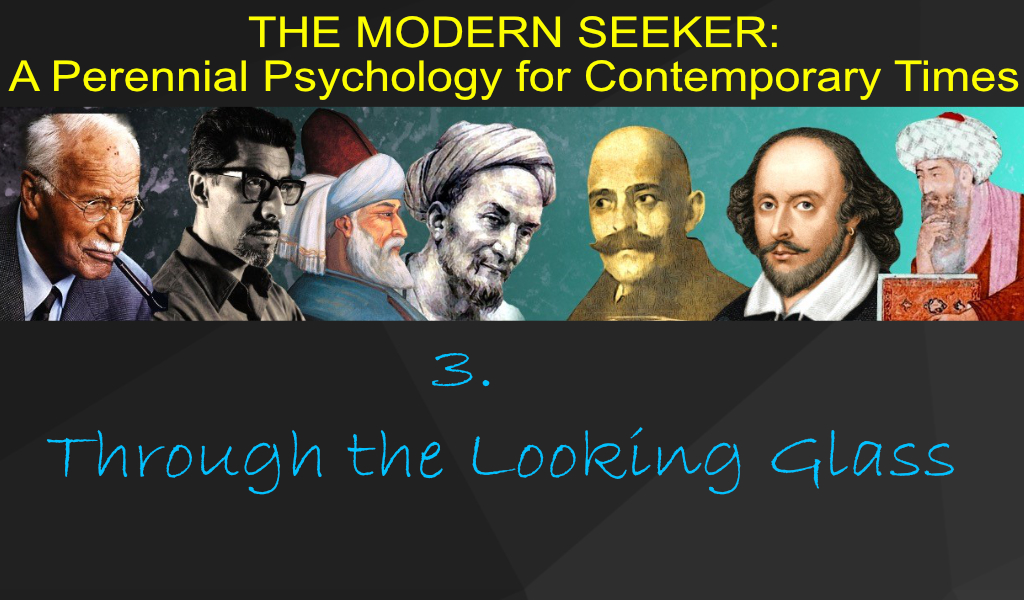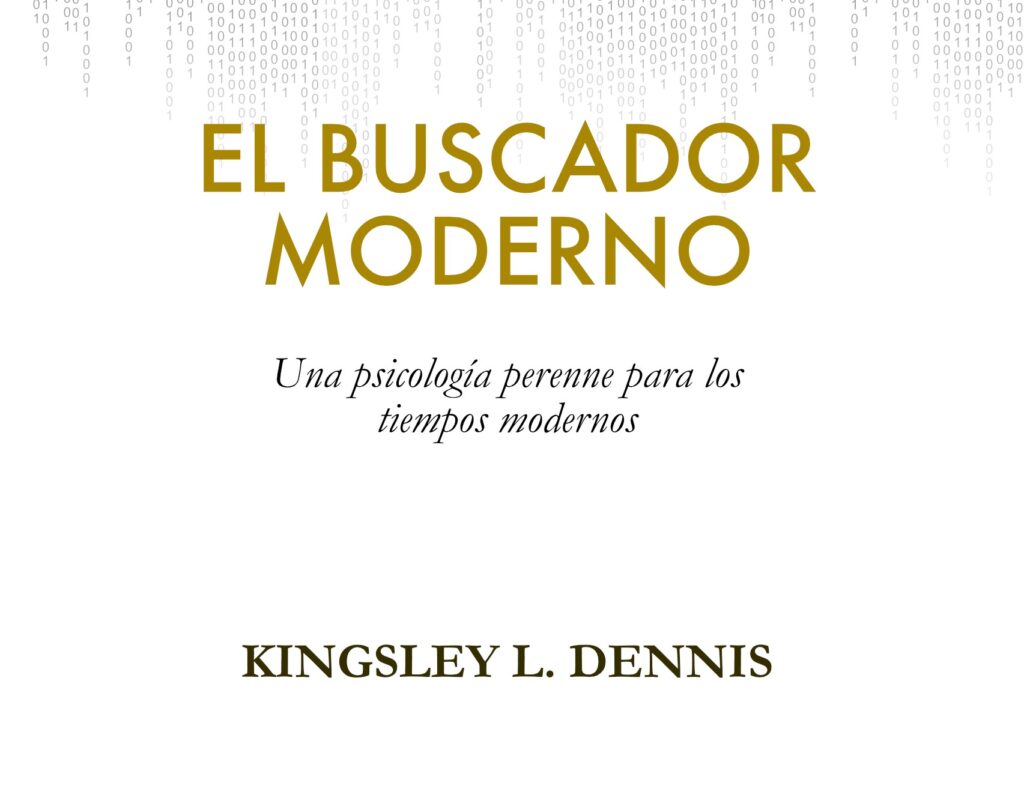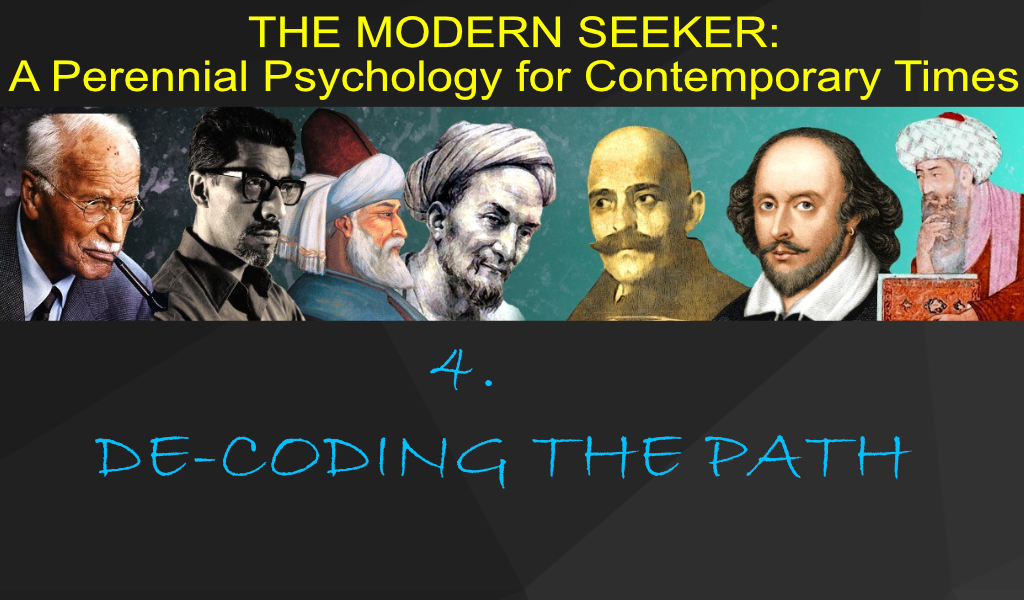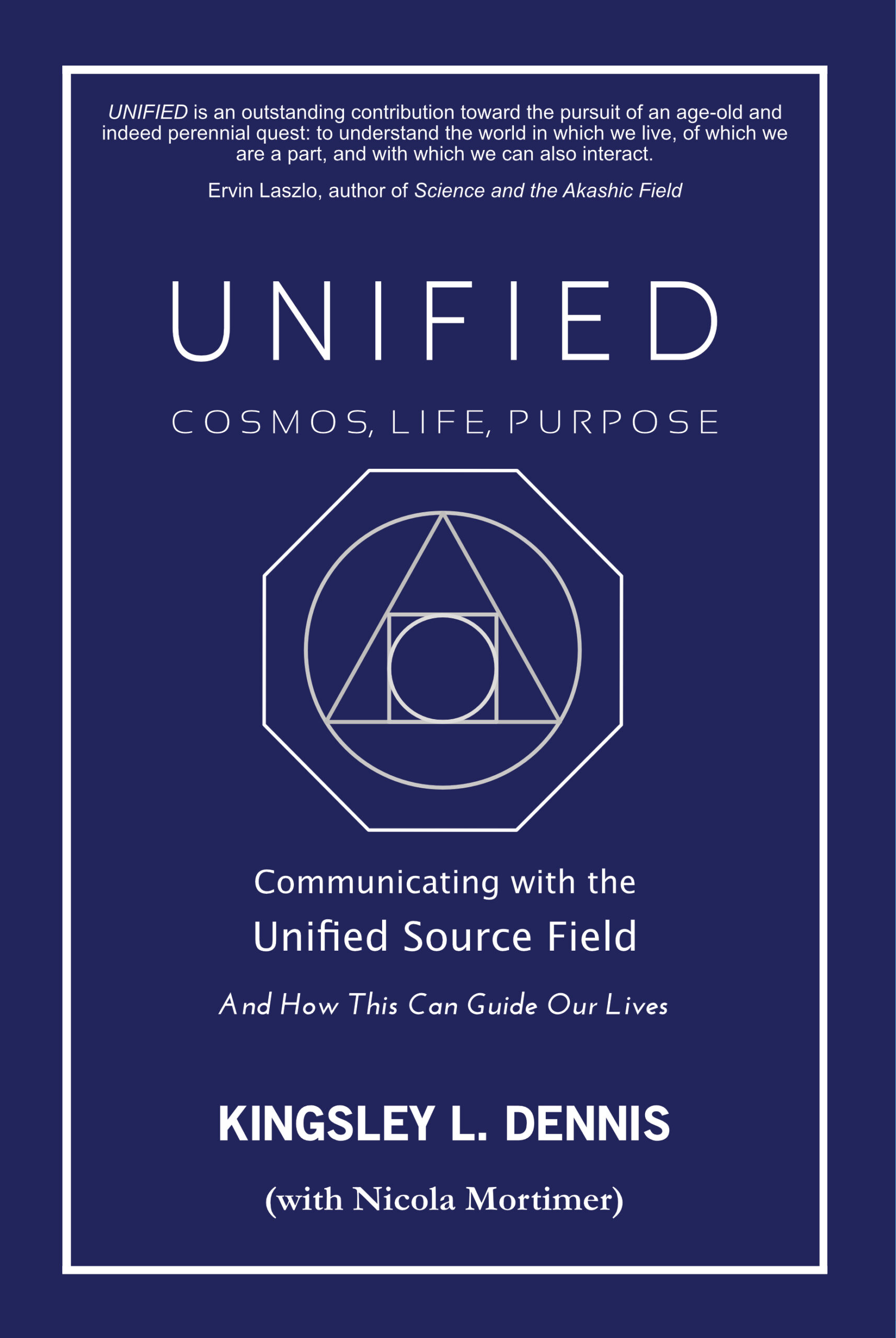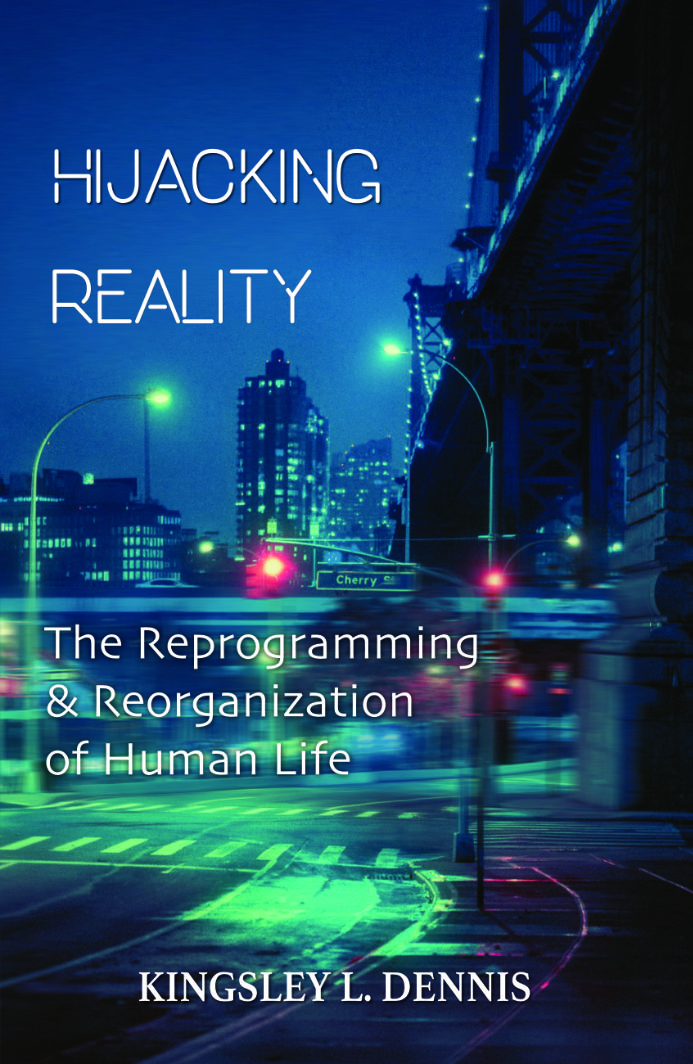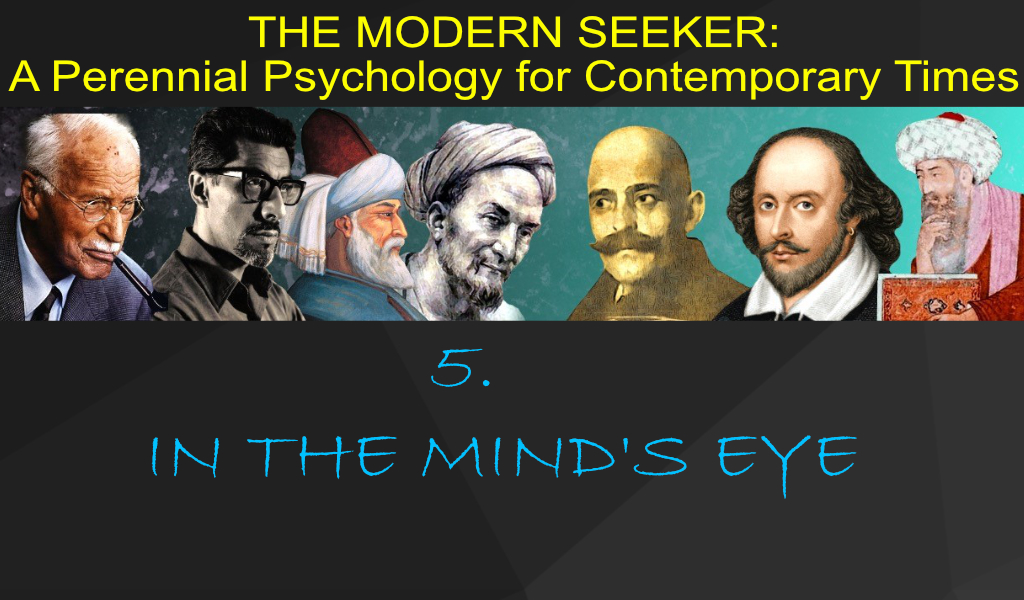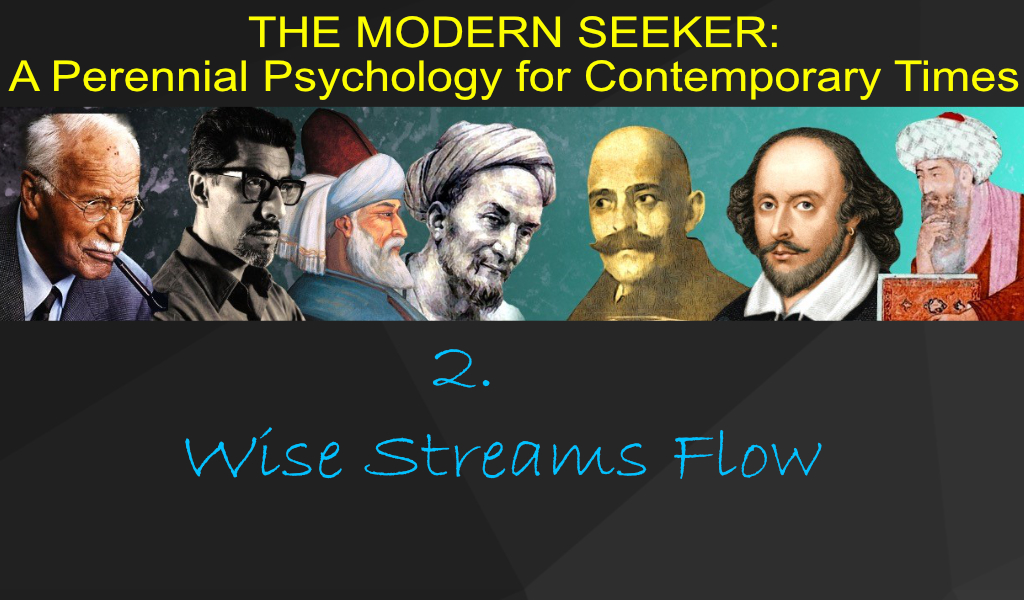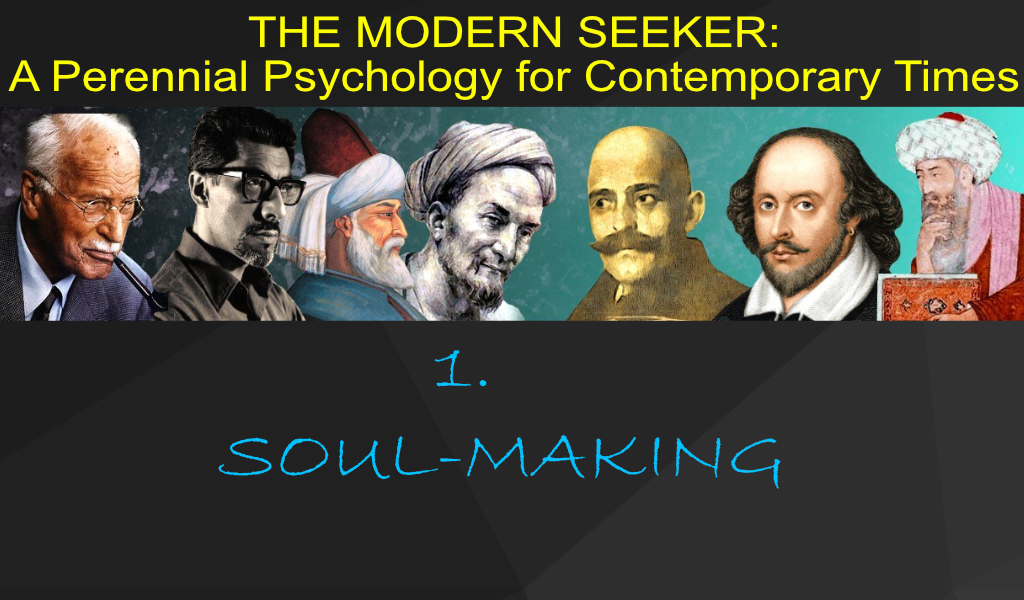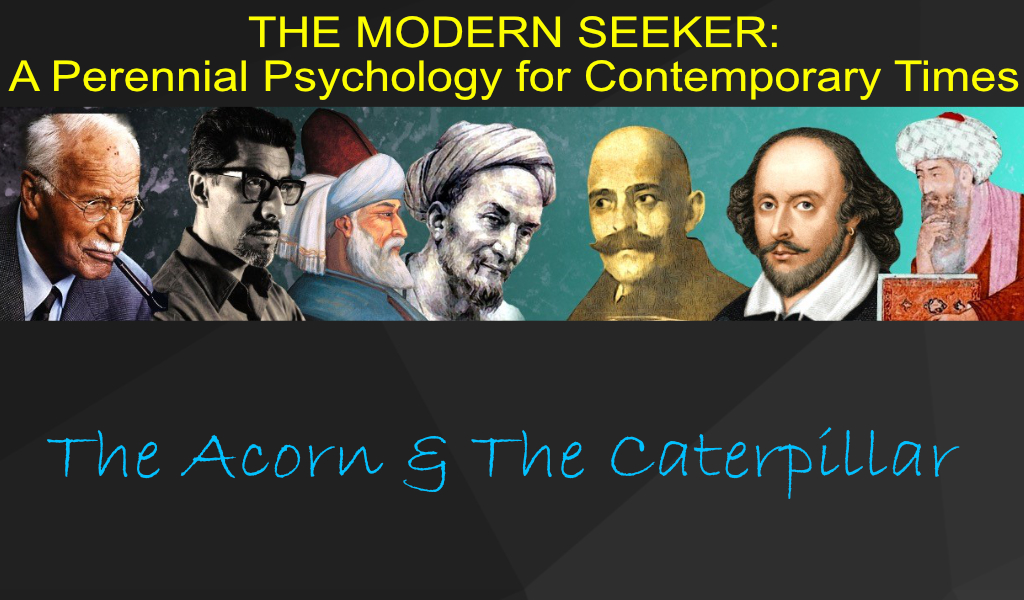“I saw a child carrying a light.
I asked him where he had brought it from.
He put it out and said:
‘Now you tell me where it is gone.’”
Hasan of Basra
The perennial psychology provides a path to a deeper truth, to a more expansive perceptive capacity, without disturbing a person’s equilibrium or their ability to lead normal, social lives. Often, so-called developmental paths have led to anti-social individuals or those who ‘drop out’ of their social responsibilities. On the contrary, any genuine path refines a person’s ability to deal with their regular social lives. Any conflict between a person and their society/community is a mark of a corrupted teaching.
A Sufi master once said: ‘If ordinary people, who admit the imperfection of their knowledge, can sustain society, how much more can the Sufi manage to retain his equilibrium, faced both with the principles of the environment and the knowledge of where it fits in with an Ultimate Reality.’ The perennial psychology has operated throughout all times, and under various names. However, it is a common trait that people often get caught up in attachment to names. If I mention a Sufi master, is the perennial psychology therefore a Sufi path? Or if I quote from the Kabbalah or Jewish philosophy is it an ‘esoteric’ part of Judaism? Meister Eckhart said, ‘If you haven’t the truth of which we are speaking in yourselves, you cannot understand me.’ By quoting from Eckhart, is the path Christian mysticism? It is all and yet none of these. As Eckhart said, each person needs to contact the truth within themselves in order to understand beyond the externals. The crux of the matter is our capacity to perceive, which is a function of cognition. Perception is that which releases as well as that which binds us. It can be our liberator as well as our jailer. We often fail to realize that what we take to be our experience of the world is a result of the limits of our perception.
As a young boy I had, like many other children, a telescope in which to look at the stars at night. I would look through this basic telescope to observe the pinpoints of starlight within the dark canopy of space. I remember being awed by the small offerings the telescope provided. I used to think of those big telescopes that professional astronomers use to observe the workings of our known universe. Then the question arose: humans invented and created the telescope. It is designed to correlate with human vision. The more sophisticated telescopes use high-definition lenses that have still been designed by human minds. What we are able to see, and the data we receive, corresponds to the human biological system. So, are we seeing what is actually there or are we receiving data according to our perceptive capability? Would another sentient species perceive an altogether different awareness of the universe? In fact, a different species may be operating on an altogether different dimensional wavelength. We understand our universe, and we speculate about our role in the cosmos, according to our status as human beings. We are consigned to the perceptive range accorded to the standard operating human nervous system. What if the human nervous system were to be adapted to perceive differently?
As human beings, we relate to reality through the looking glass of the human body. Furthermore, the senses through which we operate are influenced by our social and cultural contexts. This process of social conditioning reflects greatly in how we come to regard the external world. Our beliefs, opinions, emotions, and thought processes are a culmination of complex layers of environmental conditioning. Most educated people can comprehend this and will agree to it. However, what is less known about, is our dimensional conditioning. That is, those limitations placed on us through our perceptive faculties. A genuine developmental path seeks to work at deconditioning a person from social-cultural layering as well as from perceptive limitations.
Universal phenomenon, and the working of physical laws, are known to us according to the measurements that operate within our dimension. The human senses perceive only a very thin slither of the full visible spectrum. Not only does the non-visible spectrum exist (some of which can be detected through our instruments) but also there are elements within our dimension that are not known to us. Then, also, there are phenomena existing beyond our known dimension. Overall, it can be said that the human being has access to only a very small portion of phenomena. Human perception of known reality is extremely limited, to say the least. And from this very limited information we make up our knowledge base of the world and the cosmos. From this knowledge base we then construct our views and understanding of human life and the meaning of existence. There are ways, however, of widening this understanding by expanding human cognition and perceptive faculties.
The perennial psychology functions to gain a ‘high ground’ perspective. In common parlance, the ‘high ground’ is an elevated terrain that, in military terms, is considered useful in combat to gain the advantage. For use in the analogy here, the high ground can be said to offer an advantage in perception, allowing access to objective knowledge. By occupying the ‘low ground’ – so to speak – a person’s level of perception is not elevated. In this way, they are incapable of gaining an overarching view of events. Attention is focused onto the lesser, everyday matters and the issues-at-hand. This is the level of general cognition at which the majority of humankind exist.
The first requirement of any genuine initiatory stream is to release a person from their unconscious attachment to socio-cultural programming. Only in this way is a person capable of attaining to a ‘clearer’ perspective, free from the intervention of cultural filters. The next step would then entail a de-conditioning of a person’s ‘reality programming’ that operates as the broader program above the cultural conditionings. As an example, cultural conditioning may involve religious beliefs and/or educationally-instilled information. Also, personal tastes in food, fashion, and entertainments, as well as emotional traits. Social conditioning, which is similar, may include specific ideologies, such as political, financial, and status systems. The ‘reality programming’ or conditioning includes the views we hold of our universe, our dimension, and material-paradigm. It is generally harder for a person to break-out of a reality paradigm as it is the larger structure that provides for us a sense of existence and a common perspective on life. Those experiences that disturb the reality programming (such as a near-death experience) usually affect us to a much greater degree than those that impact our social-cultural programming (such as travel or living abroad).
It will help if we remind ourselves that everything that we think we know is based on limited information. The usual way any of us gains knowledge is through the looking glass of our conditioned programs. Before going further, it is important to reflect upon this.
*****
Generally speaking, there are only two systems operating in the world. One is the systems ‘of the world’ such as political, social, scientific, cultural, etc. These systems have been created by people, for people, and rely heavily upon manipulations such as propaganda, conditioning, and consensus attitudes. The other system is ‘not of the world’ and can be best described as metaphysical. This system is much more complete and underlies everything within the known, visible reality. Most people, most of the time, are living and operating within the former system – the visible one. As such, reality as it is known adheres to the limited spectrum of the material and tangible. It is, however, the least part of Reality itself. This is not a criticism nor a judgement; it is stating a fact.
The British evolutionary biologist J.B.S. Haldane once said that ‘the universe is not only queerer than we suppose, but queerer than we can suppose.’ This can also be applied to the greater Reality. It is not only different from what we think it is – it is vastly different from anything we can think.
The perennial psychology is like a ground plan for humankind. It is an organized, structured body of knowledge that goes beyond any known form of formal teaching or education used within our cultural systems. It involves an extension of perception and advancement of cognition. The result is that it allows the person to comprehend the larger pattern of events within Reality. In our ordinary lives we are accustomed, and conditioned, to either subjectivity or relative objectivity. Genuine objectivity gives a person a new view vis-à-vis the cosmos and as such can be both unnerving and disconcerting to the unprepared person.
Whether it is fully understood or not, humankind is participating in a grand evolutionary journey that goes beyond our current conception of what evolution implies. The common understanding is of an incremental biological development over aeons, which is a patchy and incomplete picture at best. Simply put, any genuine wisdom teaching is of an evolutionary nature. To clarify, human beings are imprisoned within their limitations of perception and knowledge. As such, there are things unknown to us as well as many things we could be capable of doing. First, we must learn how to operate and function effectively within a constricted awareness of reality before this awareness can be expanded.
Another point to be noted is that many ancient systems of knowledge are no longer operative today despite their physical presence. That is, their once-active component has ceased to function correctly and as such they are not relevant according to their original purpose. It is not general knowledge that systems, including knowledge structures, are time and place specific. Just because a body of teaching was relevant for its time does not automatically mean it will still function or be relevant for today. Old ways, however valuable they once were, may not be suitable for the issues or contexts of contemporary times. All genuine teachings contain an essence – a blueprint – that can be extracted and modified to fit a new time and social context. Each stream of genuine wisdom is ‘new’ and fresh in its moment. It is necessary, for any source of knowledge, to be attentive to the features of the time and place in which it is operative.
It is said that regardless of what people think they do or do not do, it does not matter as what has to be done is done. It is done through us, and for us, and all we have to do is make ourselves available. The heart of the perennial psychology lives this truth – that we must make ourselves available and be ready to act upon unexpected opportunities. Humanity is being taken home. And there are those people operating within our midst who know how to take us home. The perennial psychology functions as part of this work.
The perennial psychology places at our disposal tried and tested methods to actualize human capacity. To treat this as something ‘magical’ is to deny its true validity and to rob its potential. Genuine dynamic materials for human development are not the same as the ones used – and sold – in everyday life. It usually requires that a person first feels ‘starved’ until they are pushed to seek beyond the everyday materials. In this state of ‘starvation,’ a person is offered opportunities to also observe themselves. They may find they possess capacities which can be triggered by means other than social conditioning. In order to first be able to learn, a person must exercise capacities that are beyond everyday social patterning. This is sometimes referred to as learning how to learn.
The perennial psychology recognizes that the path to real development can begin when the following criteria are met: i) a recognition of one’s situation and the need for self-development; ii) a partial detachment from one’s social and cultural conditioning and external influences; and iii) beginning to work toward one’s own liberty and inner freedom.
It is not possible to have immediate access to perennial Truth in any sustained way without first exhibiting a minimum of conscious awareness (as previously mentioned, glimpses may be possible). An individual works with relative truth until they are ready for higher Truth. That is, preparation by the use of relative truth. A phrase that is often used is – the phenomenal is a bridge to the Real.
The human being, like all of life, is involved in a continual process. An individual is usually only aware of a small part of this process. Life thus often seems to make no sense in the ‘grand scheme’ of things, as they say. To assist the new perceptual understanding to emerge, the old consciousness patterns must first be loosened by becoming less determined, dogmatic and fixed. Through this space, where old belief patterns and systems of thought are under scrutiny and found lacking, the advanced cognition enters. Part of the individual’s effort is to do work on oneself to observe how the human personality is layered with artificial constructions, mental frameworks, and emotional triggers and safeguards. In other words, to methodically de-clutter the personality. The science of Self is very much a psychological intervention.
As human beings we need to guard against the disease of psychosclerosis – the hardening of attitudes that causes a person to cease dreaming, visioning, imagining, and learning. It is the hardening of the mind so that we become unteachable: we stop learning and we stop growing. In such states, a person can easily succumb to forms of social hypnotism and cultural brainwashing. Here is an old tale adopted to modern times:
There is a story which has existed in one form or another for as long as there have been human beings. The style of its telling changes with the time and place in which it is shared. In our day it begins with a very rich man who was the boss of a large company. As well as being rich he was also very mean, both in terms of his money as well as his behaviour toward others. He was so mean that he didn’t want to hire supervisors to look after his employees, and instead expected his employees to get on with their jobs and to work all hours of every day. Of course, as is the way of people, the employees would often call in sick, take long breaks, and become distracted at work with chatting on social media with their friends. Eventually the boss became frustrated that his company was not performing as well as it should. Finally, the mean boss came up with a solution.
He found a magician who, for a little persuasion, was willing to hypnotize his employees. And so the boss had all of his employees hypnotized to believe that what they were doing was of great importance to the world and it gave them also much personal satisfaction. He also suggested to them that the meagre salary they were receiving was more than enough because they could apply for credit to buy all the things necessary for a comfortable life, such as a new television, a car, the latest phone and other gadgets, etc.
He also suggested to his employees that he was a good boss and that they should work hard for him, and not take any time off because any laziness would be an insult to the world that took care of them. To work hard to the very end of their lives, in fact, was a virtuous quality that made them ‘good people.’ And finally, for good measure, he decided to suggest to a few of his employees that they were better than the others, and deserved respect from their peers. And to some others he suggested that they needed to prove they were better than the others. In this way, he ensured that there would be enough personal rivalry and friction to keep his employees in competition amongst themselves.
And after that, as you can imagine, the mean boss had very few, if any, problems with his employees. But that didn’t stop him from continuing to dislike them all!
It is said that a human being must develop by utilizing his or her own effort. To begin, an individual first needs to stabilize their consciousness. Each person has within them contact with an essential source, which at first may be a very narrow or slight contact, although precious. Development of that contact depends upon the efforts of each individual, and often requires a genuine guide to steer them. When correct, balanced, and harmonious development is cultivated, human cognition and comprehension may be transformed to another plane of perception. The Chinese alchemist Lu Tsu wrote in his poem:
‘I must diligently plant my own field.
There is within it a spiritual germ that may live a thousand years.
Its flower is like yellow gold.
Its bud is not large, but its seeds are round
and like unto a spotless gem.
Its growth depends on the soil of the central palace,
but its irrigation must proceed from a higher fountain.
After nine years of cultivation,
root and branch may be transplanted
to the heaven of the higher genii.’[1]
The aim of inner development is also to transform material life. That is, for the external world to be transformed by a manifestation and expression of the new cognition and perception. The perennial path does not ask that a person steps back from the rigors and responsibilities of a material life to disappear into the subtle ethers, never to be heard from again. It is important that people are grounded in the world now, capable of absorbing fluctuations in perception whilst remaining socially active.
It may be the case that humanity has to reach a crisis point – in its materialism, commercialism, and social systems – for there to arise within people the need for something else. The human inner life now hungers and is reaching out for something more, something further. The need is for direct communion with something greater than which has been previously provided or offered by orthodox traditions. This developmental need to provide for a meaningful life – especially at a time of a deterioration in social and cultural systems – is not yet well-recognized among the highly industrialized, ‘civilized’ nations.
There should be no blame. Blame and name-calling serves no good purpose. Everyone, at some point, is at fault. Rumi said: ‘If you are looking for a friend who is faultless, you will be friendless.’ It will serve well to remember that those people who do not learn from the lessons of others will themselves become lessons for others.
The ability to handle life is also the ability to handle our own thoughts and emotions. To repeat, we are the looking glass through which we seek. It is not every person’s duty to guide nations; yet it is our own duty to guide and rule our individual lives and our often-turbulent minds. Answers are eventually gained not through more words but by experience. Why talk about the taste of an apple when you know the taste?
It is not easy for a person to validate that which is unknown, and outside, the remit of their perceptions. We are trained and adapted to live in an environment of which we become accustomed. To break-out of this may not necessarily seem ‘normal’ to us, or even necessary. Yet when a person comes to realize that how they live and know their reality is a product of a limited perception, they may come to a different understanding.
Here is a tale to illustrate this:
‘Once upon a time there was a city. It was very much like any other city, except it was almost permanently enveloped in storms.
The people who lived in it loved their city. They had, of course, adjusted to its climate. Living amid storms meant that they did not notice thunder, lightning and rain most of the time.
If anyone pointed out the climate they thought he was being rude or boring. After all, having storms was what life was like, wasn’t it? Life went on like this for many centuries.
This would have been all very well, but for one thing: the people had not made a complete adaptation to a storm-climate. The result was that they were afraid, unsettled and frequently agitated.
Since they had never seen any other kind of place in living memory, cities or countries without some storms belonged to folklore and the babbling of lunatics.
There were two tried recipes which caused them to forget, for a time, their tensions: to make changes and to obsess themselves with what they had. At any given moment in their history, some sections of the population would have their attention fixed on change, and others on possessions of some kind. The unhappy ones would only then be those who were doing neither.
Rain poured down, but nobody did anything about it because it was not a recognized problem. Wetness was a problem, but nobody connected it with rain. Lightning started fires, which were a problem, but these were regarded as individual events without a consistent cause.
You may think it remarkable that so many people knew so little for so long.
But then we tend to forget that, compared to present day information, most people in history have known almost nothing about anything and even contemporary knowledge is daily being modified – and even proved wrong.’1
There are times when we need to submit to fate, and times when we may need to resist. Knowing this makes the difference.
References
1 Shah, Idries. 1995. The Magic Monastery. London: The Octagon Press, p140.
[1] Cited by William Alexander Parsons (1827-1916), in The Lore of Cathay, p. 59, 1901.

